“Business Approach” to Santee Cooper is Back in Play

Using analysis rather than backroom deals is the only way to achieve the best deal for ratepayers as they continue to bear the brunt of Santee Cooper’s $7 billion debt.

Using analysis rather than backroom deals is the only way to achieve the best deal for ratepayers as they continue to bear the brunt of Santee Cooper’s $7 billion debt.
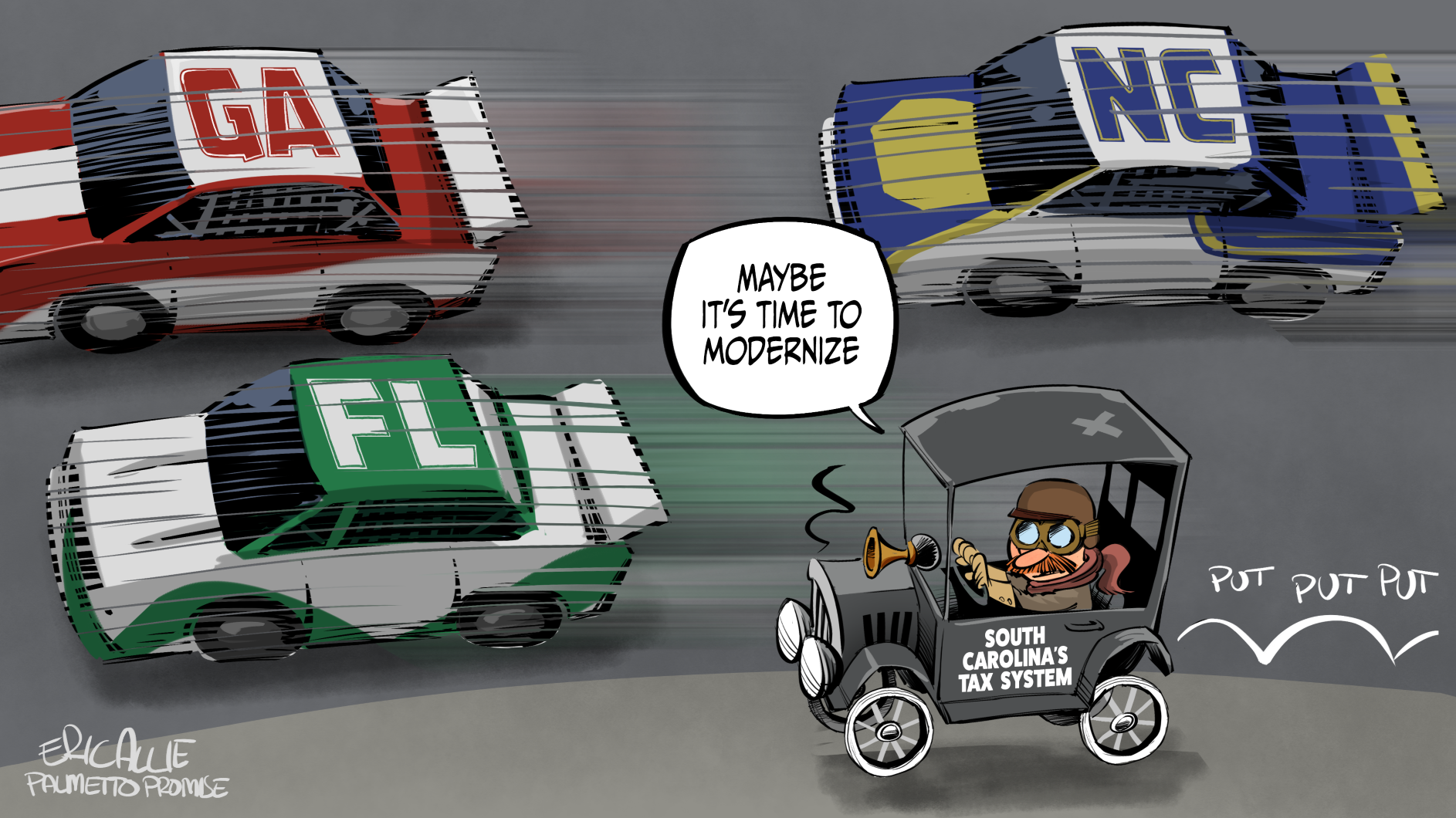
As Tax Day rolls around once again, Palmetto State residents are painfully reminded that—when compared to our Southeastern competitors—South Carolina currently takes home the trophy for "highest personal income tax rate"... a whopping 7%. Meanwhile, our neighboring states have been on the move to modernize their tax systems.
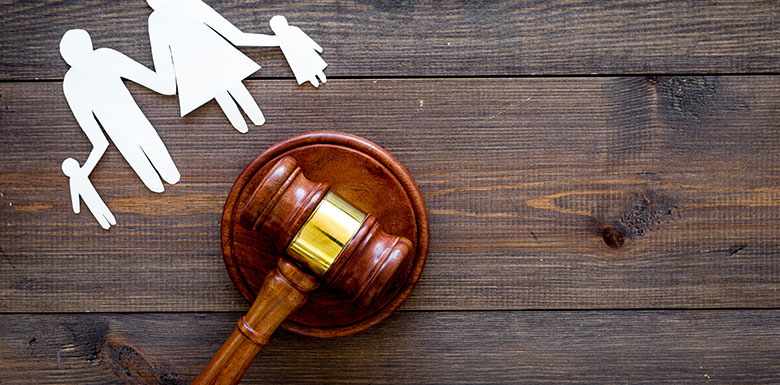
Action by a federal court would have the effect of restoring eligibility for federal COVID relief funds to students in denominationally-supported Historically Black Colleges and Universities (HBCUs), other faith-based colleges, and religiously-affiliated K-12 independent schools.
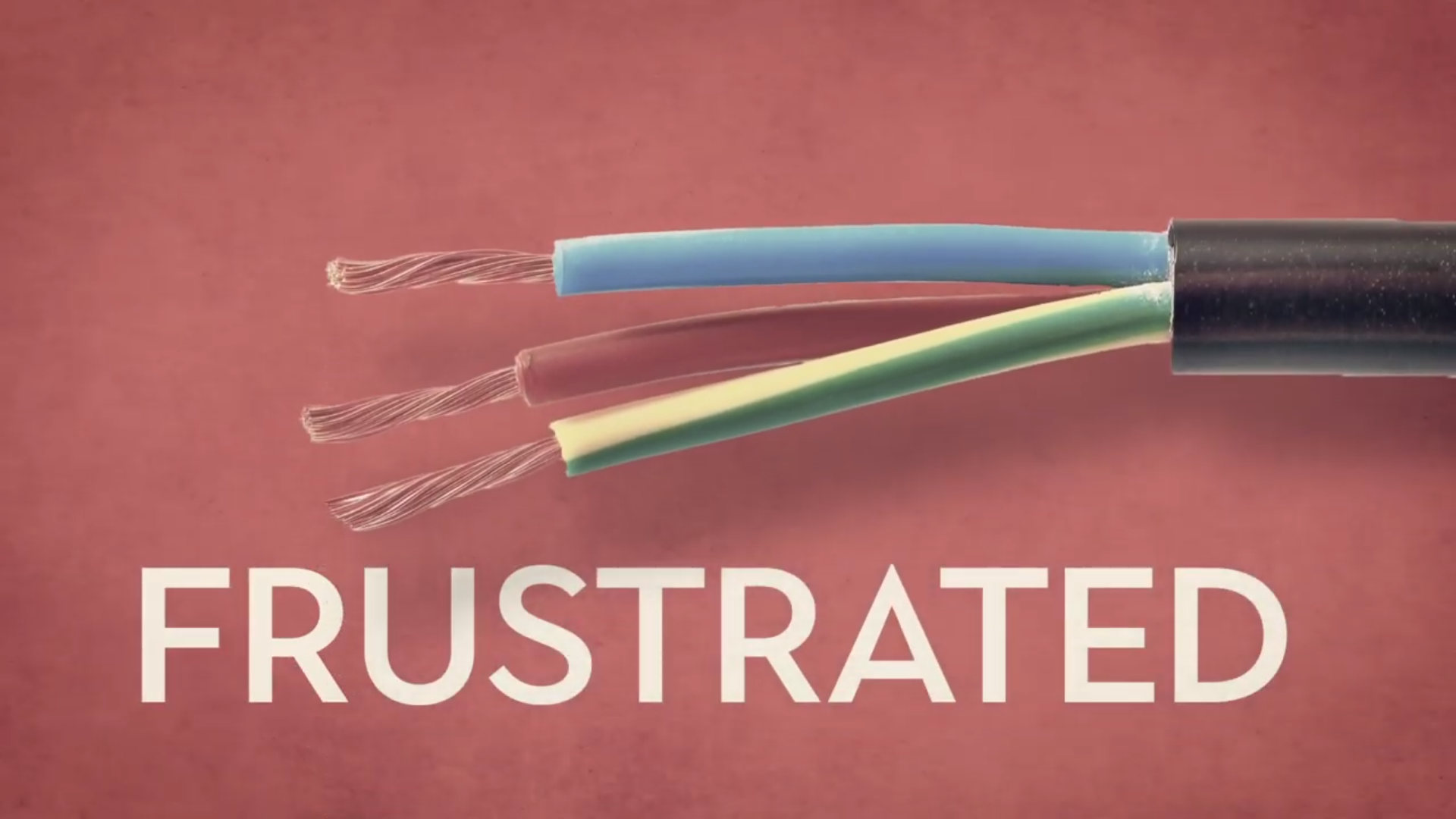
We have willing buyers and the state needs cash due to the ongoing fallout from the COVID-19 pandemic. Let’s drive a hard bargain for SC taxpayers and turn Santee Cooper over to private enterprise.
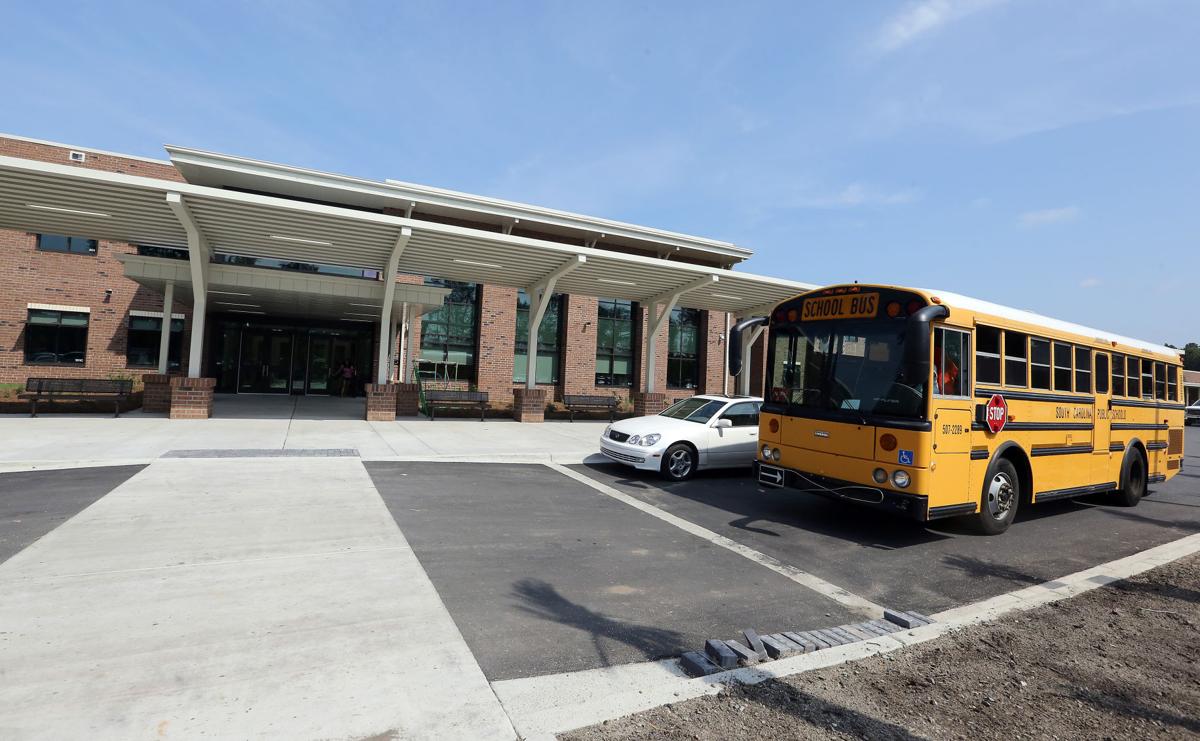
No, South Carolina public schools are not underfunded, and no, it will not be a catastrophe for South Carolina to take a small but vital step forward to fund low-income students wherever they learn best, through the help of an Education Scholarship Account.

Center Square's Ted O'Neil writes on PPI's recent report regarding school choice during the pandemic.

Over the last year, South Carolina’s traditional public school districts have lost nearly 30,000 students according to the most recent student counts released by the SC Department of Education. Where are those students going? Palmetto Promise collected and analyzed enrollment data across all forms of schooling in South Carolina and found significant increases in options outside of traditional public schools.
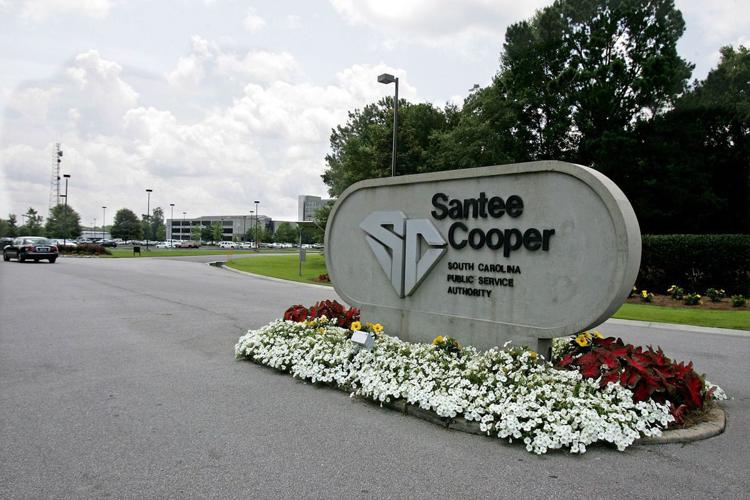
Perhaps 2021 is the year the General Assembly will finally take a business approach ---rather than a political approach -- to Santee Cooper. For the sake of beleaguered ratepayers (and taxpayers), I hope we are back at the negotiating table soon.
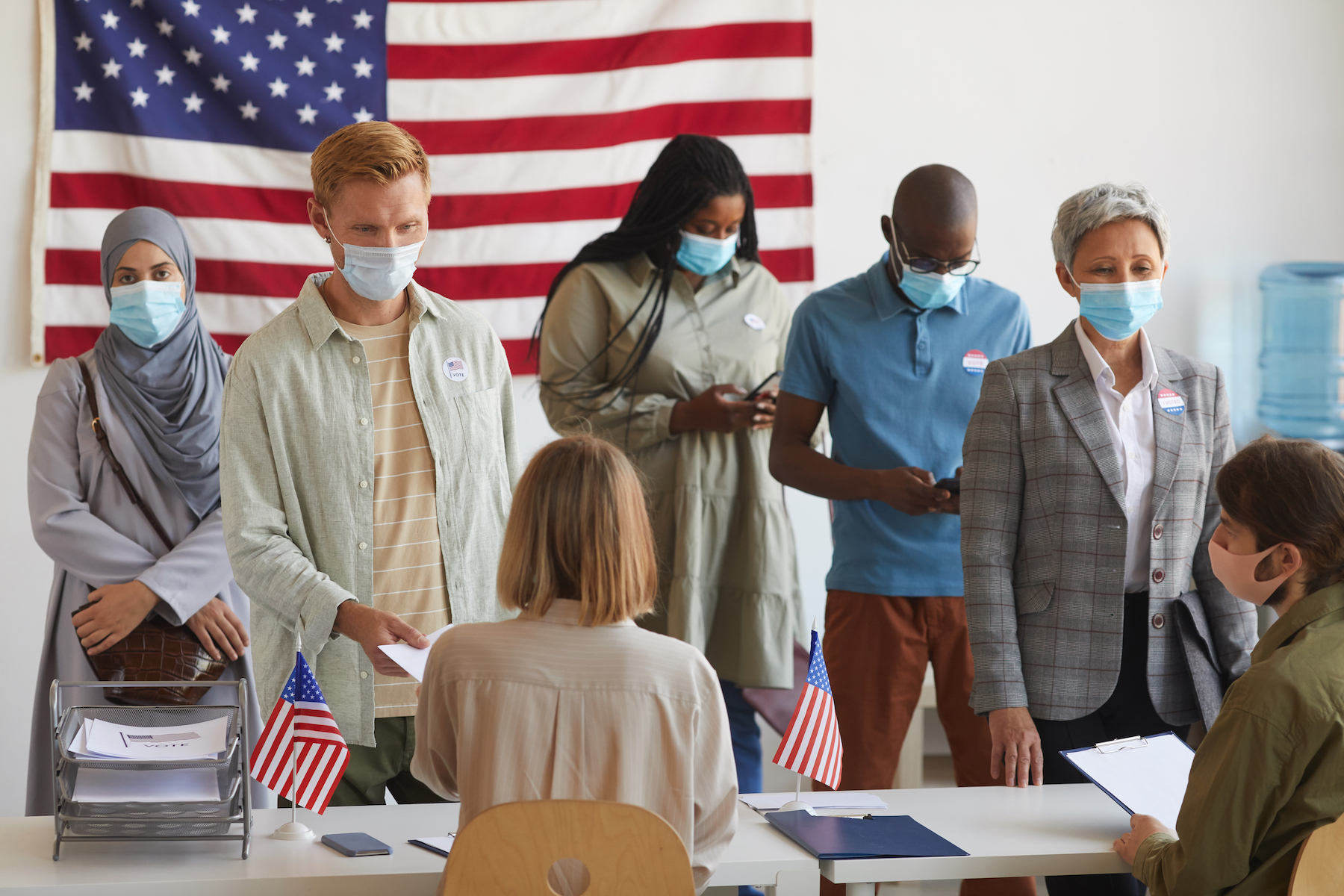
Sadly, Americans’ faith in the integrity of our electoral process is eroding. While we can’t control the processes of other states, we can certainly make strides to ensure that South Carolina’s processes identify and prevent fraud and protect the right of every citizen to have their lawful vote counted.
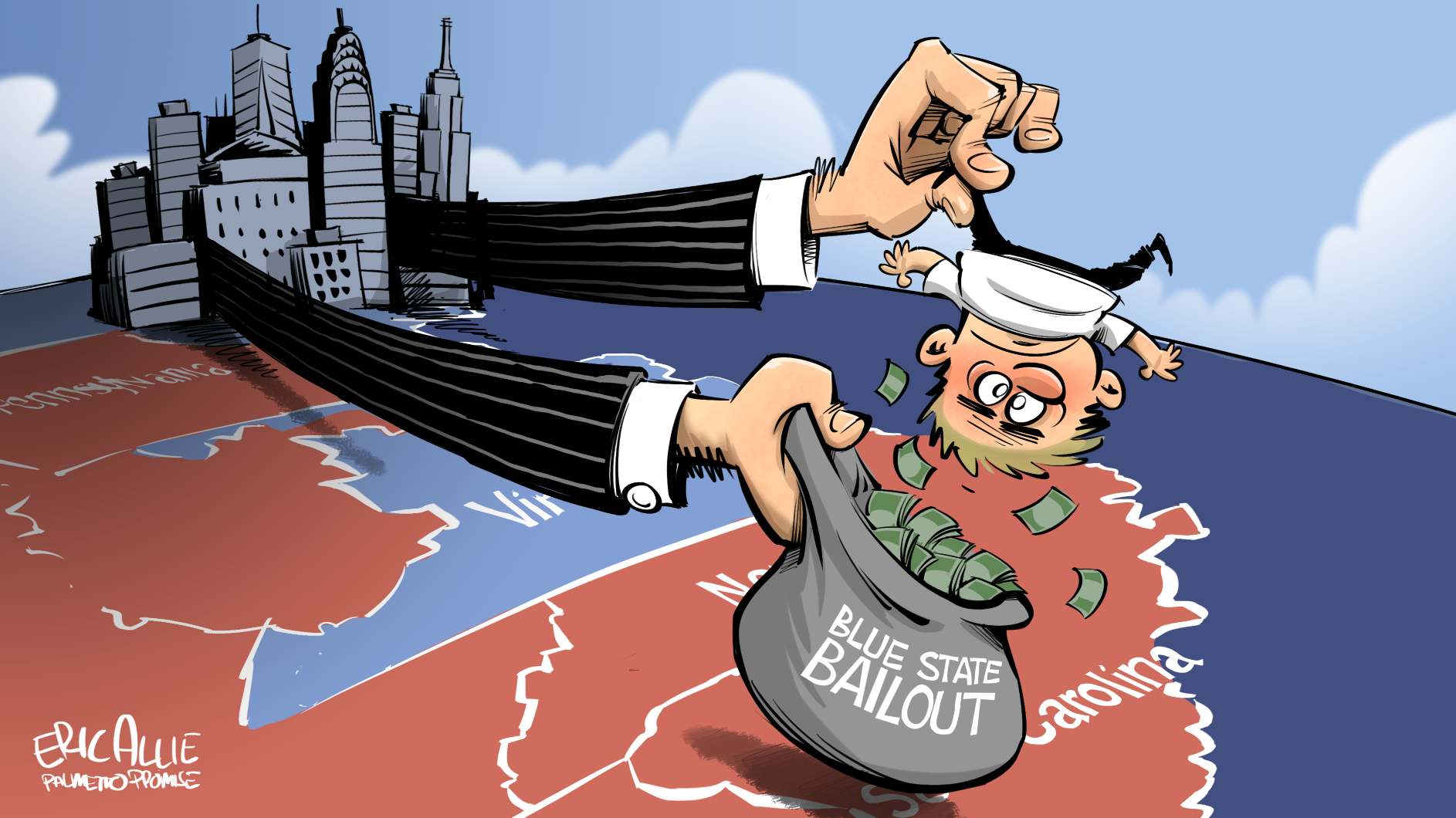
President Biden’s “American Rescue Plan” is a budget-busting boondoggle, shoveling out cash as fast as Washington can print (and borrow) it. But not just content to bail out their cronies in fiscally-irresponsible Blue States like IL, CA, and NY, Biden, Schumer, and Pelosi go even further, potentially hamstringing the ability of state like South Carolina